
The KCST/KSF Space Foundation programs impart critical skills essential to future space initiatives in the public and private sectors.
The space education & research program is designed to help colleges & universities who want to inspire and engage their students in science, technology, engineering and mathematics (STEM) subjects.
CubeSats are playing an important role in introducing undergraduate students to new horizons, allowing them to engage in a variety of disciplines. Kuwait College of Science and Technology (KCST) started the initiative in collaboration with KSF Space Foundation. The students were constrained by time and knowledge. Given these constraints, a plan was constructed to achieve the objectives of this project which were to widen the understanding of students in space technology to address and face global issues like climate change and to utilise the data that can only be gathered by high altitude missions to study the behaviour of the atmosphere and prevent predictable disasters based on that.
With the newly obtained knowledge and time constraints of the students, the plan was to use modular sensors and sub-systems that would allow rapid development and integration in a 1U CubeSat structure (10cm x 10cm x 10cm) that was 3D printed in the University's own FabLab facility that would be launched with a Monatomic He2 gas-filled space balloon to reach near space atmosphere.
The KCST/KSF Space Foundation programs impart critical skills essential to future space initiatives in the public and private sectors.
The space education & research program is designed to help colleges & universities who want to inspire and engage their students in science, technology, engineering and mathematics (STEM) subjects.
The CubeSat is a small 10cm x 10cm Structure capable of carrying various types of sensors. The Space Strato Satellite CubeSat Scientific experiment includes:
Our research topics can be covering different life sectors as part of our strategy towards developing space missions with universities, including:
To achieve a modular CubeSat design under the time constraint, the Arduino Nano was chosen as the controller for the system, which was responsible for interfacing with the sensors and modules of the system, as well as regulating the incoming voltage from the source to provide a 5 volts bus for those sensors.
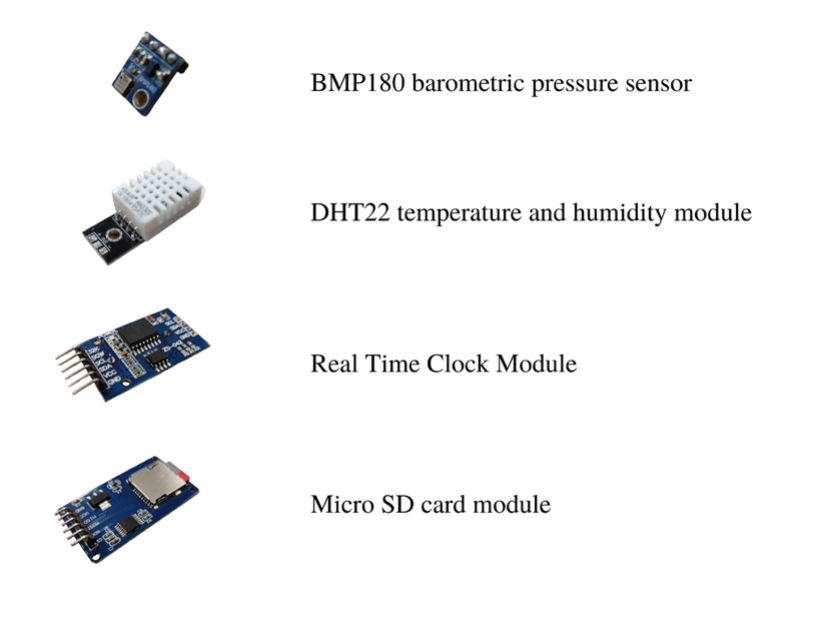
The physical attributes chosen to be measured were: Atmospheric pressure, temperature, and relative humidity. Fig. 1 shows the sensors and modules that were chosen for their modularity and compatibility with Arduino. The BMP180 was used for measuring the pressure, and the DHT22 was used for measuring the temperature and the relative humidity
The proposed technique to accommodate all the sensors in the structure was to divide the CubeSat into 3 layers
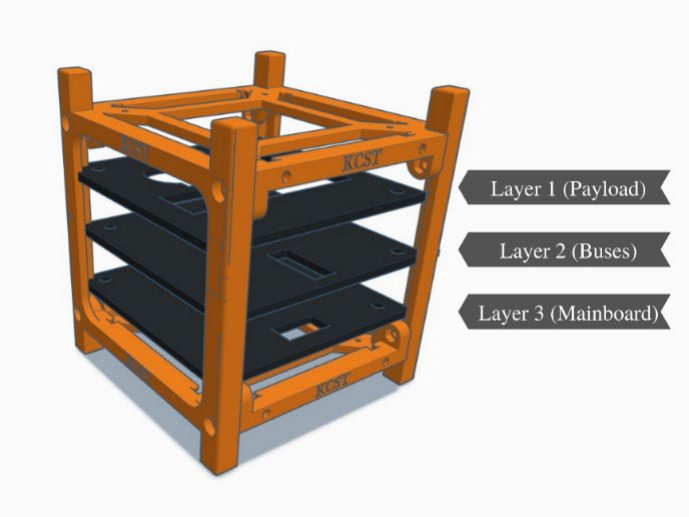
Connections between layers were made using robust wires, soldered directly on the pins of the components directly from the Arduino and through layer 2. The structure was then secured with stainless steel screws that were customised to fit accordingly. The final CubeSat block model is shown in Fig. below
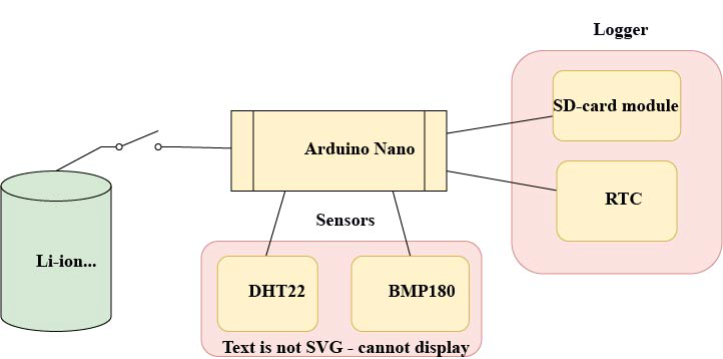
The final weight of the CubeSat and all its content was 426 grams, as shown in Fig. 4, which is below the 1Kg maximum allowed limit of a 1U CubeSat. The CubeSat was sent to launch in the UK in September 2021. However, the launch was delayed for a few months to wait for the UK weather to be clear and ready for launch at that time.
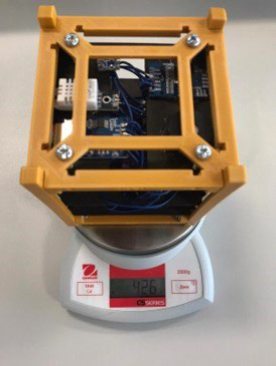
The Mission was successful, reaching an altitude of about (27Km). Fig. 5 shows the Satellite tracking using FindmeSpot services. Upon safe retrieval, the data was collected from the CubeSat's micro-SD card. The KSF capsule also had sensors on board to measure the outside temperature and altitude from the atmospheric pressure. A comparison was made between both data for validation.
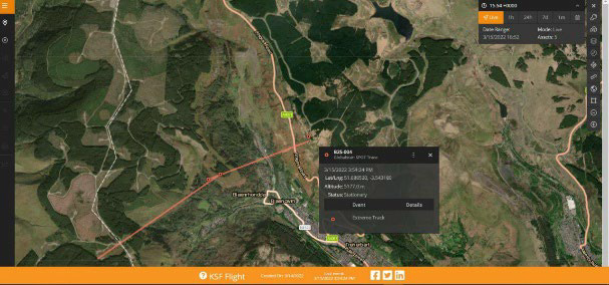
The relative humidity readings that were captured by the DHT22 sensor are depicted in Fig. 6. The humidity steeply decreases in the 2 km range. It then fluctuates to reach a stable decrease from 5km. The fluctuation can be the result of reaching the level of the cloud, which contains small amounts of water. The humidity stabilises at about 17%. The descent readings are more precise, showing that no external factor malformed the readings.
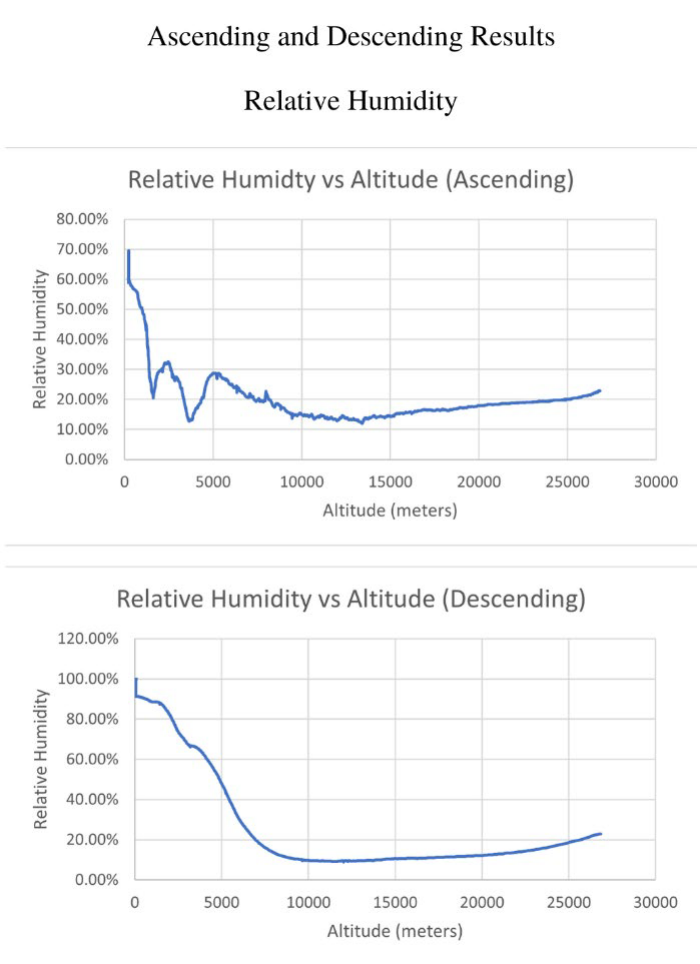
Since the CubeSat was placed in a casing, the internal temperature of the case varies from that of the actual outside temperature. Fig. 7 depicts the changes in temperature with respect to altitude. The temperature decreases almost linearly, to saturate at about -56 Celsius in the 16km range, the cause of the saturation would be the limit of the sensor from the KSF capsule, which indicates that the temperature could reach even lower. The readings from the CubeSat descent could be interpreted as the freezing of the sensor, which then returns to normal conditions upon reaching sea level.
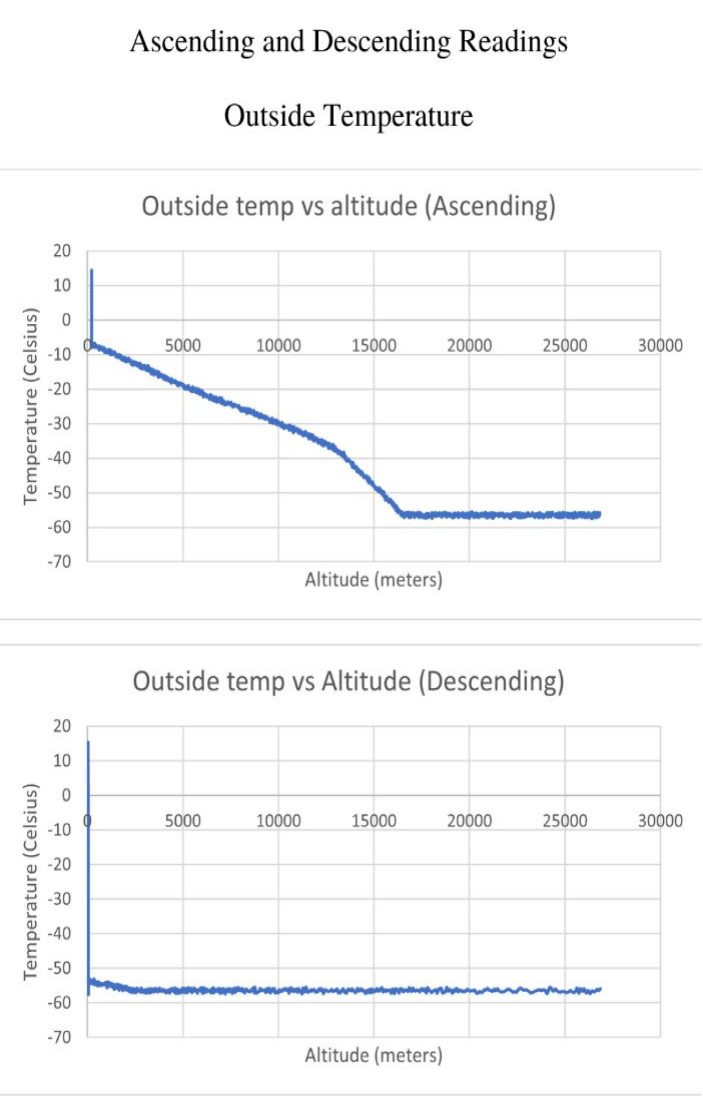
The internal temperature readings of the CubeSat were compared to the KSF sensor readings to validate and solidify the results' integrity. Fig. 8 compares the ascending readings. The temperature starts decreasing linearly in both readings to reach a minimum value in the range of -10 to -20 Celsius. The variation causes would be the slower response from the DHT22 sensor. It can be interpolated that the temperature would reach approximately the same value.
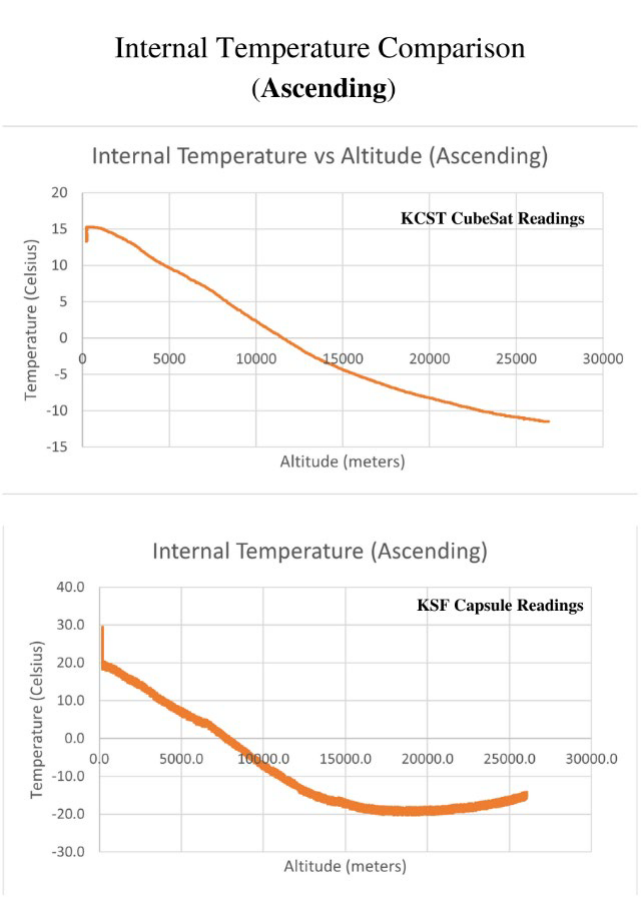
The descent had a higher correlation between the two readings but reached a new minimum at about -23 Celsius in the 6 km range, as can be seen in Fig. 9.
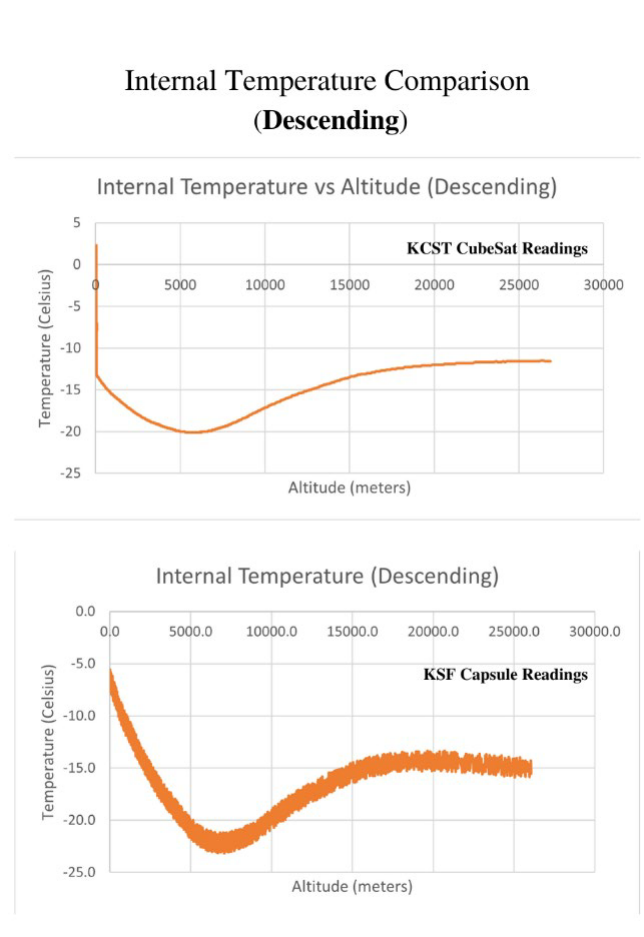
The CubeSat initiative was a great success by KCST in partnership with KSF Space Foundation. It allowed students to learn the theory behind CubeSats and apply it hands-on to commence the first student-led CubeSat mission in Kuwait. The proposed method of modular sensors allowed the project to be Mission ready within the time constraints. The CubeSat was launched and retrieved successfully in the UK, and the physical attributes were measured and compared with that of the KSF sensors in the capsule. The readings were consistent, and the comparison solidified the integrity of the sensors. This Mission was the basis for future projects that will tackle the challenges of space in Kuwait and the MENA region. More attributes could be measured, such as the ozone layer density, and by increasing the size of the structure, higher power consuming sensors could be added with the introduction of a bigger space to fit more batteries. The increasing sandstorms in the GCC countries are also a concern. Future research would be advised aiming at predicting the sudden formation of these storms to prevent such a disaster.